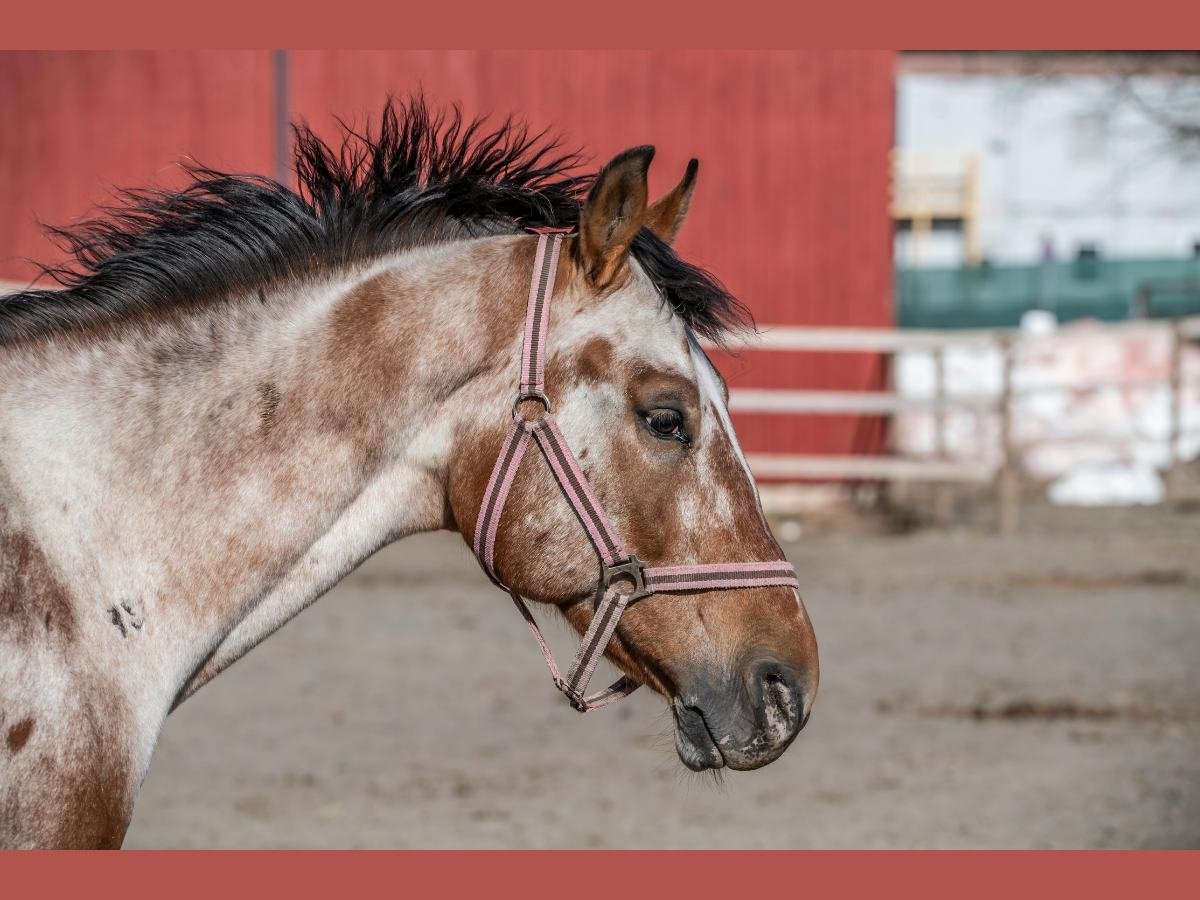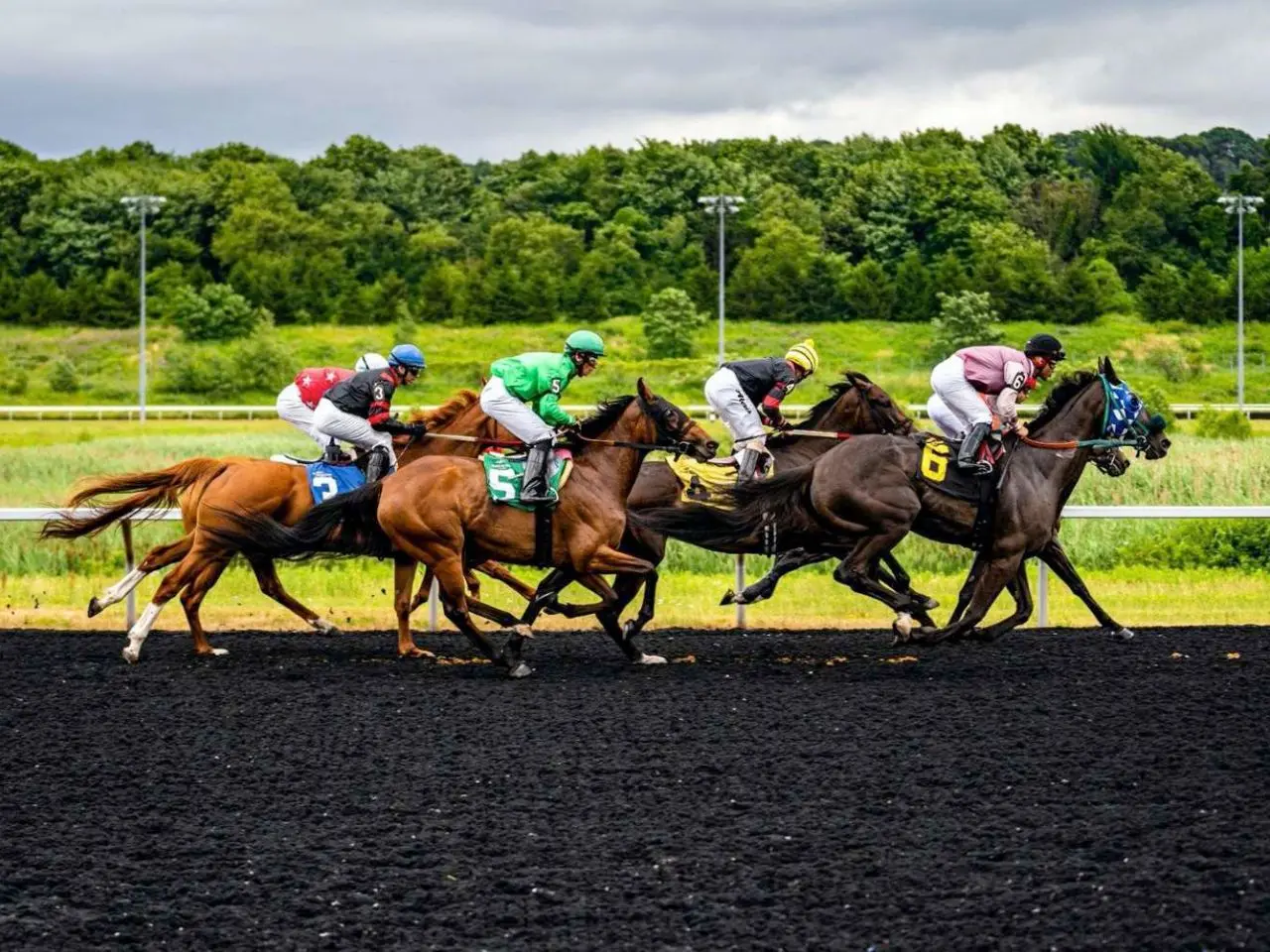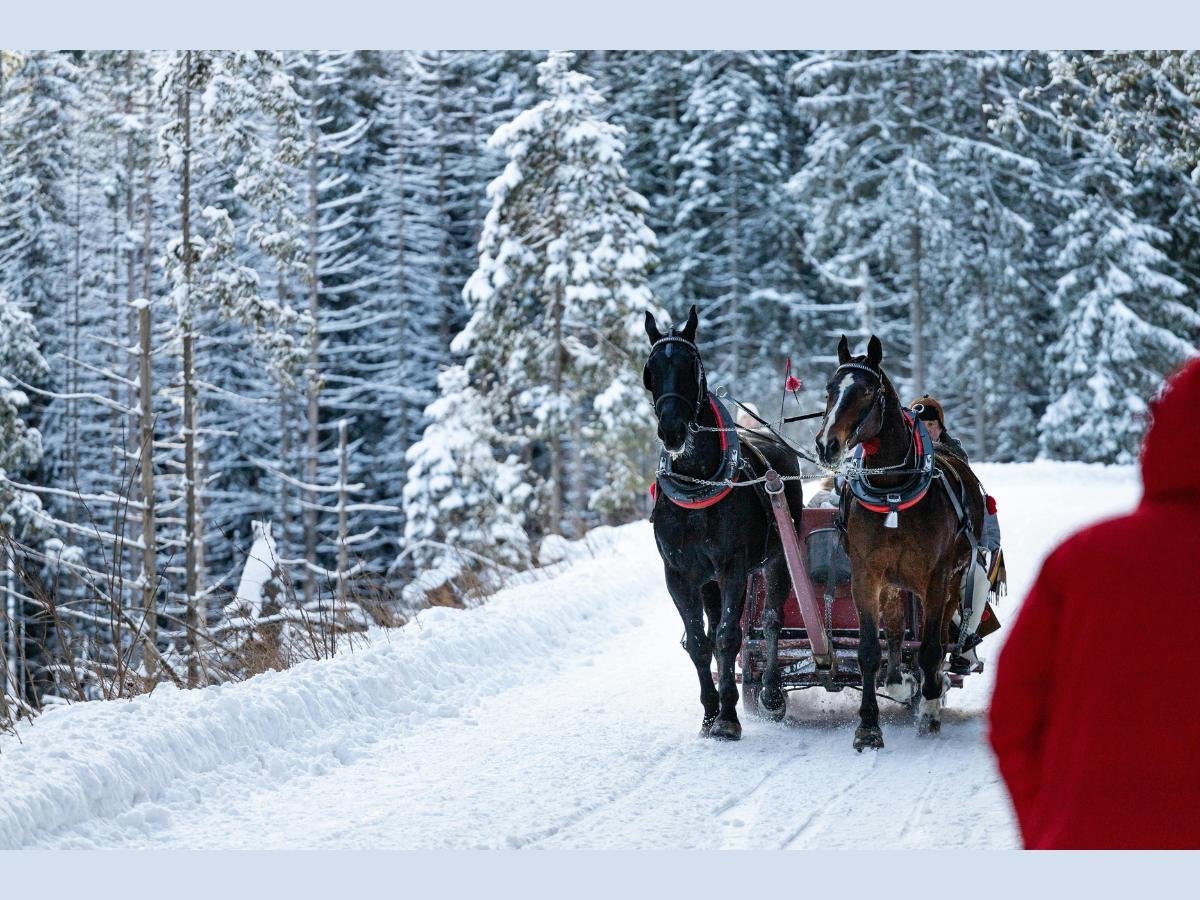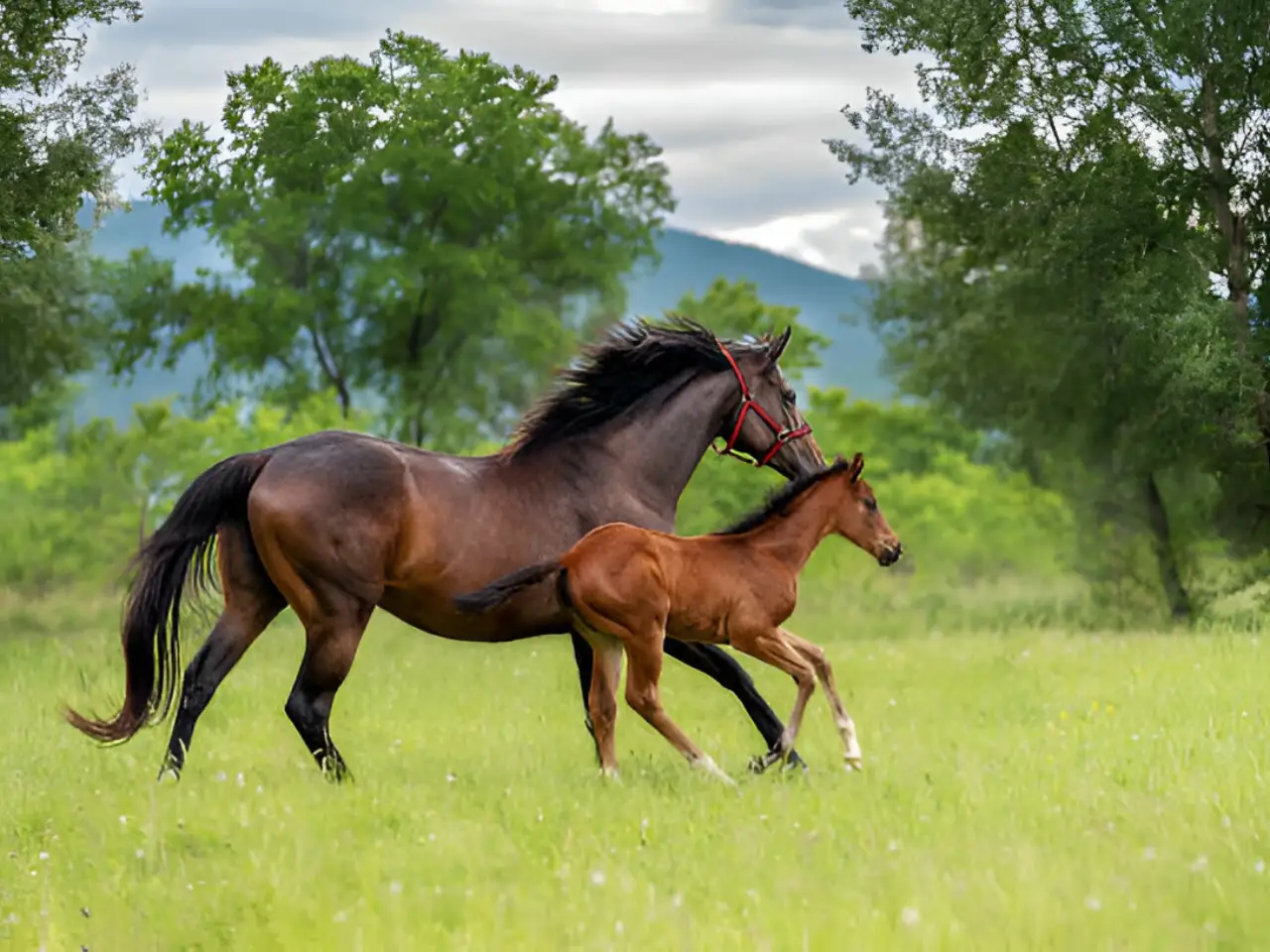Discover How Much Does It Cost to Board a Horse, with detailed insights on expenses, facilities, and care for your equine companion.
Boarding a horse costs between $300 and $700 per month. Prices vary based on location and facilities.
Horse boarding is an essential service for horse owners without suitable land. Costs depend on factors like location, amenities, and care level. Boarding facilities offer various services, including feeding, grooming, and exercise. Some stables provide additional benefits like training, medical care, and pasture access.
Urban areas generally have higher boarding fees compared to rural regions. Researching local stables and visiting facilities can help determine the best fit for your budget and needs. Understanding these costs ensures you provide the best care for your horse while managing expenses effectively.

Factors Affecting Boarding Costs
Boarding a horse can be a significant expense. The cost can vary greatly. Several factors influence these costs. The two main factors are location and boarding services. Understanding these can help you budget better.
Location
The cost to board a horse varies by location. Rural areas often have lower costs. Urban areas tend to be more expensive. Here are some points to consider:
- Urban stables have higher rents and utilities.
- Rural stables may offer more land and space.
- Climate can affect costs, especially in extreme weather areas.
Below is a comparison of costs in different regions:
| Region | Average Monthly Cost |
|---|---|
| Urban Areas | $500 – $1,200 |
| Suburban Areas | $300 – $800 |
| Rural Areas | $200 – $600 |
Proximity to cities also affects costs. Stables near popular cities charge more. Local demand can drive prices up or down. Always research the area before making a decision. Must Read How Much Does a Quarter Horse Weigh?
Boarding Services
Boarding services also impact the cost. Basic boarding includes food and shelter. Additional services raise the price. Here are some common services:
- Full-care boarding: Includes feeding, cleaning, and turnout.
- Pasture boarding: Horses live outside with minimal shelter.
- Partial-care boarding: Owners handle some care tasks.
Below is an example of service costs:
| Service Type | Average Monthly Cost |
|---|---|
| Full-care Boarding | $600 – $1,200 |
| Pasture Boarding | $200 – $500 |
| Partial-care Boarding | $300 – $700 |
Additional services can include training, grooming, and medical care. These services add to the monthly cost. Always ask for a detailed list of services provided. Quality of services should also be considered. Higher quality may mean higher costs but better care for your horse.
Also Read Our Previous Article:
Types Of Boarding Options
Horse boarding is an important decision for horse owners. Many wonder, how much it costs to board a horse monthly. There are different boarding options available. Each option comes with its own set of services and costs. Let’s explore the types of boarding options and their costs.

Full Board
Full board is the most comprehensive option. It includes all basic and extra care for your horse. This option is perfect for busy owners who want the best care for their horses. The full board typically covers:
- Daily feeding
- Cleaning the stall
- Turnout
- Basic healthcare
Some stables offer additional services. These might include training, grooming, and special diets. How much does it cost to board a horse monthly with a full board? The cost usually ranges from $500 to $2,000. The price varies based on the stable’s location and services offered. Full board is ideal for those who want top-notch care for their horse.
Partial Board
Partial board offers a middle ground. It provides some services while you handle others. This option is good for owners who can spend some time caring for their horses. Partial board typically includes:
- Feeding
- Stall cleaning
- Turnout
Owners might need to handle extra tasks like grooming or exercise. How much does it cost to board a horse monthly with a partial board? The cost usually ranges from $200 to $800. The price depends on the services included and the stable’s location. Partial board is great for those who want to be involved in their horse’s care but need some help.
Self Board
Self-board is the most hands-on option. You are responsible for all aspects of your horse’s care. This includes feeding, cleaning, and healthcare. Self-board is suitable for owners with the time and knowledge to care for their horses. The stable usually provides only the stall and basic utilities. How much does it cost to board a horse monthly with self-board? The cost can range from $100 to $300. The price varies based on the stable’s facilities and location.
Self-board is ideal for those who want complete control over their horse’s care. It is also the most budget-friendly option. Owners who choose self board must be committed to daily care tasks.
Additional Expenses To Consider
Boarding a horse is a big responsibility. The costs can add up quickly. Understanding these costs helps you plan better. Besides the basic boarding fee, additional expenses can surprise you. Knowing about these will help you budget wisely.
Veterinary Care
Veterinary care is essential for your horse’s health. Regular check-ups are a must. These visits help catch problems early. Vaccinations are another important aspect. Horses need shots to stay healthy.
Emergency care can be very expensive. Unexpected injuries or illnesses require immediate attention. This can cost hundreds or even thousands of dollars. Budgeting for these surprises is crucial.
Here is a breakdown of typical veterinary costs:
| Service | Average Cost |
|---|---|
| Regular Check-up | $50 – $100 |
| Vaccinations | $20 – $60 per shot |
| Emergency Care | $300 – $1,000+ |
Regular care and emergency funds are both needed. This ensures your horse stays healthy and happy.

Farrier Services
Farrier services are another essential cost. Horses need their hooves trimmed regularly. Healthy hooves are crucial for their well-being. The average cost for a trim is around $40 – $60.
Some horses also need shoes. Shoeing can cost more. Basic shoeing costs about $70 – $150. Special shoes or corrective shoeing can be even more expensive.
Here’s a look at some common farrier services:
| Service | Average Cost |
|---|---|
| Hoof Trim | $40 – $60 |
| Basic Shoeing | $70 – $150 |
| Corrective Shoeing | $150+ |
Regular farrier visits are key. Skipping these can lead to bigger health issues. Always budget for these necessary services.
Supplements And Treats
Supplements can enhance your horse’s diet. They provide extra nutrients not found in regular feed. Common supplements include vitamins, minerals, and joint support.
Treats are a fun way to reward your horse. They can also be used for training purposes. Costs for these can vary widely. Budgeting for treats ensures you have enough for training and bonding.
Here’s a summary of common supplement and treatment costs:
| Item | Average Cost |
|---|---|
| Vitamins & Minerals | $30 – $50 per month |
| Joint Supplements | $40 – $100 per month |
| Treats | $10 – $30 per bag |
Including these in your budget keeps your horse happy and healthy. Proper nutrition and rewards make a big difference.
Frequently Asked Questions About How Much Does It Cost to Board a Horse
Is It Cheaper To Board A Horse Or Keep It At Home?
Keeping a horse at home is usually cheaper. Boarding costs include care, feed, and facilities, which can add up.
What Does Boarding A Horse Include?
Boarding a horse includes feeding, stall cleaning, turnout, basic care, and facility access. Some services may offer grooming and exercise.
How Much Does A Horse Cost Per Month?
A horse costs $300 to $1,000 per month. Expenses include feed, boarding, vet care, and shoeing. Costs vary by location and care level.
How Much Does It Cost To Put Your Horse In A Stable?
Stable costs vary by location and services. On average, expect to pay $300 to $700 monthly. High-end stables may charge more.
Understanding the costs of boarding a horse helps in making informed decisions. Prices vary based on location and amenities. Always consider your horse’s needs and your budget. Research thoroughly and visit facilities to ensure the best fit. Proper planning ensures your horse’s well-being and your peace of mind.






